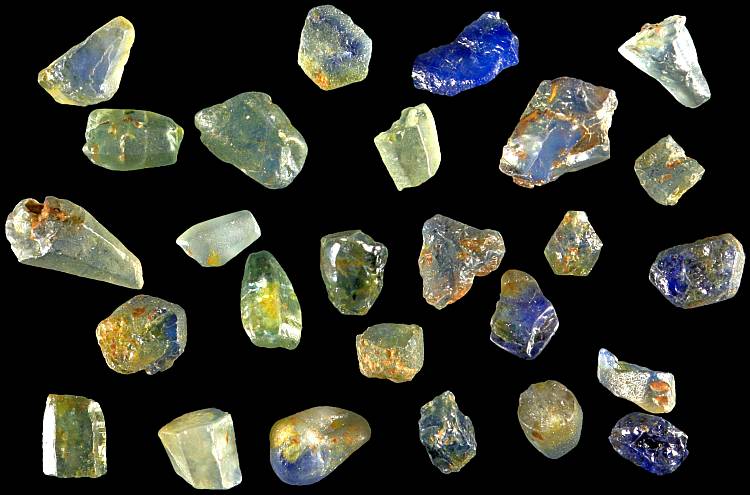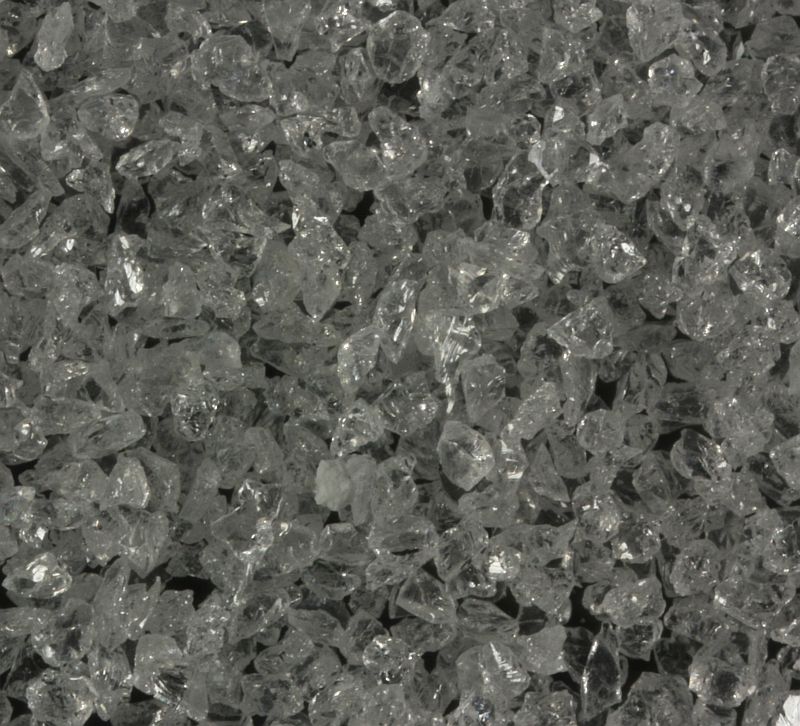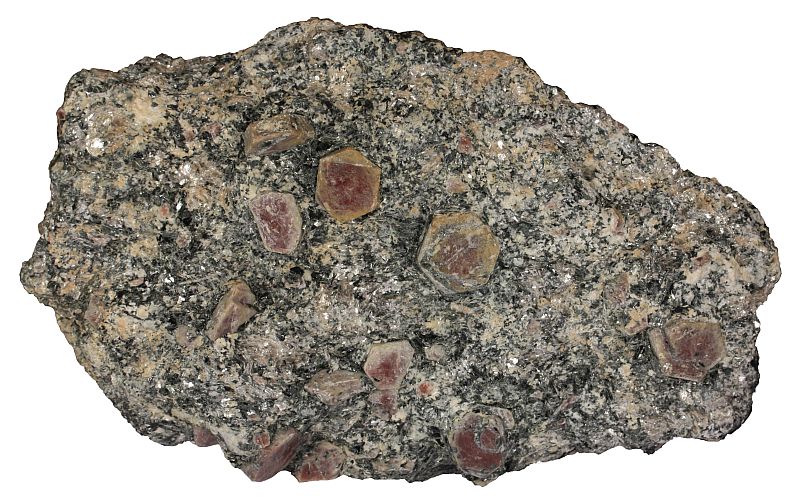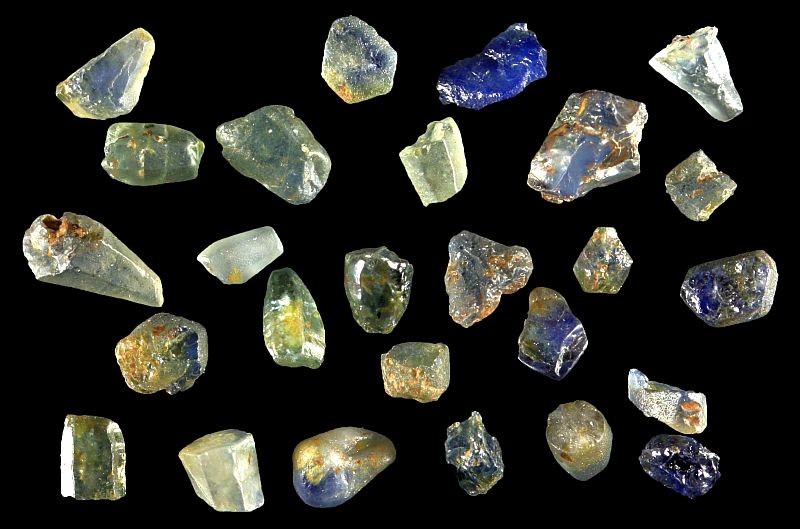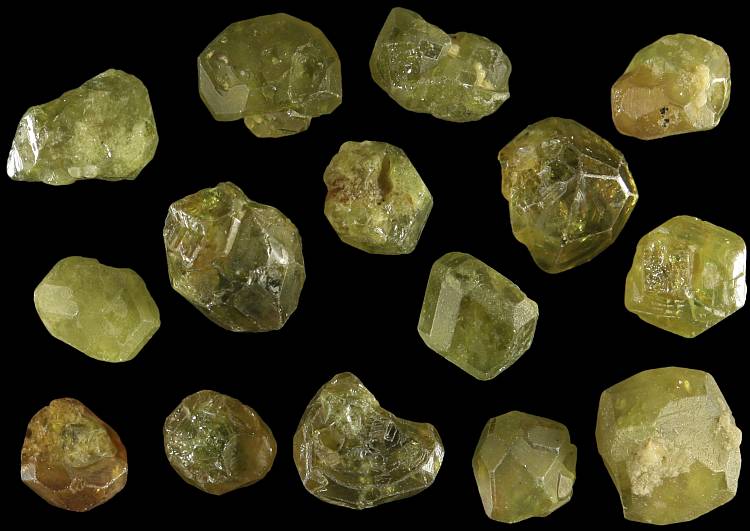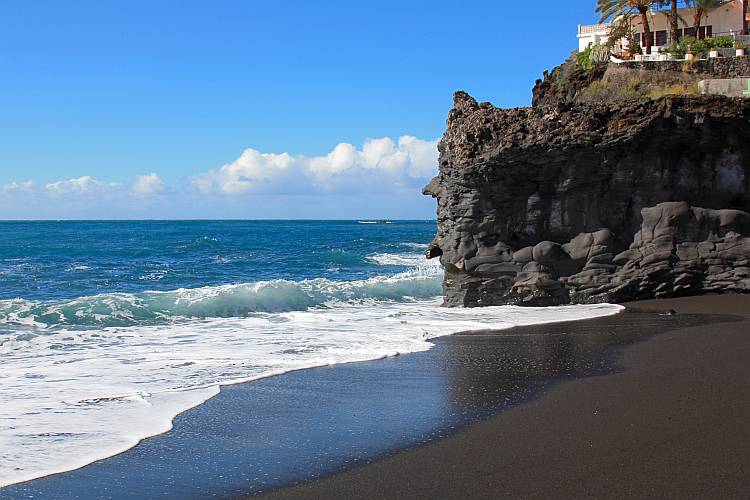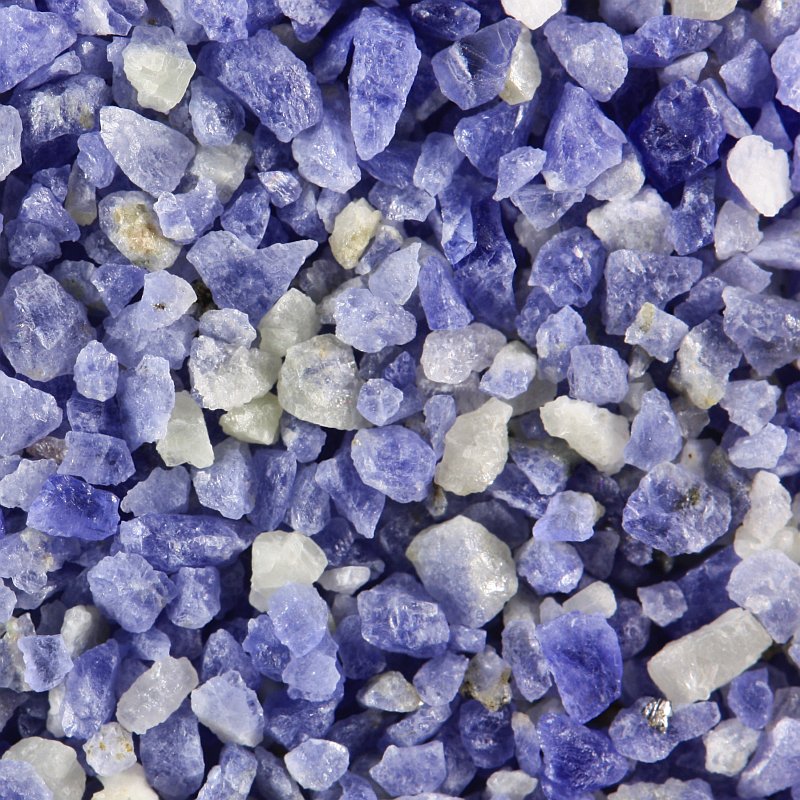Corundum is a mineral with a very simple chemical composition: Al2O3. Aluminum and oxygen are both abundant chemical elements in the crust. Therefore, it should be a really common mineral? Actually, this is not true. Yes, it is a rock-forming mineral but its occurrence in rocks is surprisingly low when considering its simple composition. What’s the matter? The problem for corundum is that there are very strong competitors for aluminum. There is usually not enough aluminum in the magma that could be left over after feldspars have taken out all they needed. And there is an entire array of aluminum-loving minerals in metamorphic rocks.
It is a price that often has to be paid when you choose not to specialize. But on the other hand, sometimes here and there opportunities emerge. Hence, it may occur in a number of different rock types, both metamorphic (mica schist, hornfels, metamorphosed bauxite, metamorphosed carbonates) and igneous (syenite pegmatite, nepheline syenite, and many others).
Corundum is a pretty common mineral in sand because it is very hard and it resists weathering well (doesn’t react with acids). It is especially well known for its hardness. Its a member of Mohs hardness scale (number nine, just below diamond). For this reason it is frequently used as an abrasive although usually synthetic version is used for this purpose.
Pure corundum has no color but natural crystals are usually yellow, blue, red, white, gray, or green. Corundum has alternative names because it is also an important gemstone. Red variety is ruby and most other colors are known as sapphire. The color is given to the crystals by impurities. Chromium is responsible for the red color of ruby. Blue is caused by iron and titanium. Yellow sapphire contains both di- and trivalent iron.
